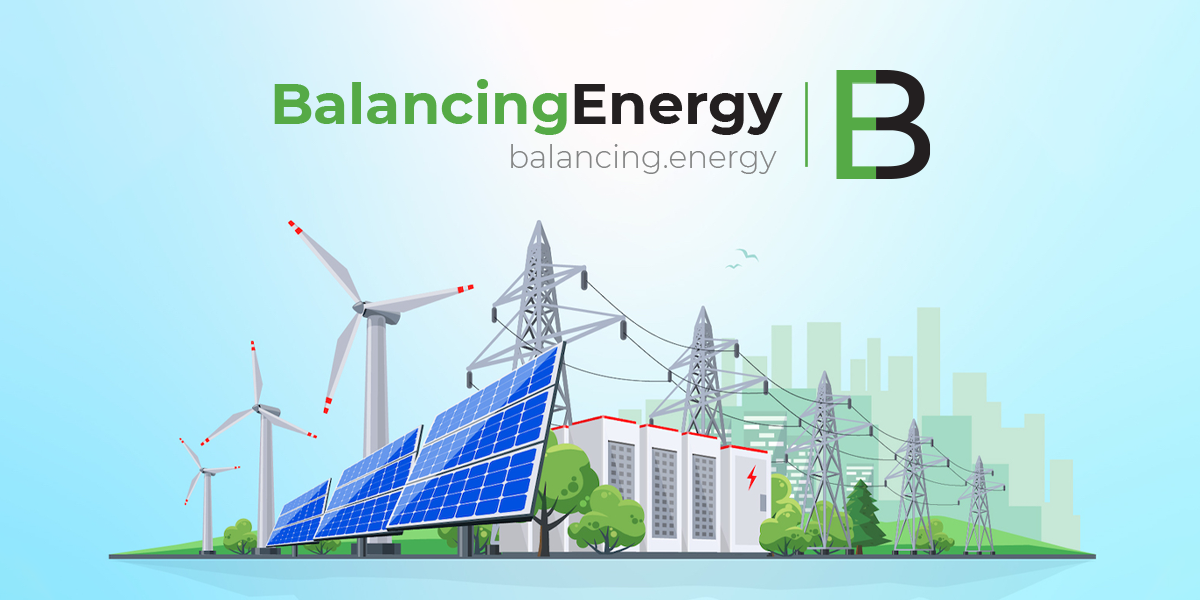It is expected that this specific factory should be completely finished in November
The construction of a power plant that will use municipal waste as a “fuel” in the new complex of the landfill in Vinča is in the final phase. As previously announced, it should be completely finished in November. The operation of the power plant will depend on many factors, starting from the waste used, the combustion process, efficient flue gas purification and treatment, as well as the disposal of combustion products.
– One of the most important preconditions is that components that can be reused have been previously separated from municipal waste, such as metal waste, glass, hazardous household waste (batteries, paints, pesticides, etc.) and construction debris and demolition waste. Unloading of communal waste is done directly in the “waste bunker” within the plant (waste power plant), from where it is delivered by crane to the so-called Martin’s grate – said Vladimir Milovanović, director of “Beo čista energija”.
It is planned that 340,000 tons of solid municipal waste will be thermally treated annually in the power plant from 15 city municipalities.
– With the maximum utilization of the available capacity of 43.6 tons per hour of waste with an average calorific value of 8.5 megajoules per kilogram, the production of 30.24 megawatts of electricity and 56.50 of thermal energy will be enabled. The produced electricity will be delivered to EMS via a 110-kilowatt transmission line and substation “Belgrade 20” to consumers, while thermal energy will be delivered to “Belgrade Power Plants” through a district heating system that connects the waste power plant in Vinca and heating plant “Konjarnik”, then further to Belgrade households – Milovanović explained.
The new power plant is equipped with a system for purifying flue gases from combustion using a special technological process.
– The flue gas purification system enables the reduction of the concentration of harmful substances released into the atmosphere to the level prescribed by the requirements of the revised EU Directive on Industrial Emissions from 2019. The best available technological solutions have been applied at the Vinca waste power plant, while many parameters of the processes taking place in the plant will be continuously monitored, and harmful gas emissions will be controlled using a sensor system that will be installed on the chimney. This system was chosen in order to meet the requirements of the standard and reduce the limit values of permitted emissions of harmful substances prescribed by the EU Directive – he added.
Milovanovic mentioned that the disposal of municipal waste at the landfill during the past 45 years, according to today’s standards, was done in an inappropriate way, and that the negative consequences are multiple.
– The old landfill affected the increase of air pollution in the city due to the free discharge of landfill gases (mostly methane), as a consequence of the decomposition of organic waste, while the polluted leachate flowed freely and uncontrollably towards the Danube. Add to this the consequences of frequent minor and major fires in the body and on landfill surfaces when emissions of very harmful gases occurred as a result of incomplete combustion of waste in short periods and inadequate disposal of municipal waste, it is clear that this is a major source of pollution – he said.
Less carbon dioxide
Municipal waste is already being disposed of in a new sanitary landfill insulated with geosynthetic materials from the environment. It is regularly compacted and covered, and leachate is brought to the treatment plant through a pipeline system. Thus purified, they go to the Danube along the Ošljanski stream. The effects of improving the environment in Belgrade will become noticeable and measurable when some other processes are completed. First of all, when the construction of the power plant is completed, in which two thirds of Belgrade’s municipal waste will be used for energy production, while the rest of the waste will end its “life path” at the sanitary landfill, Politika writes.










